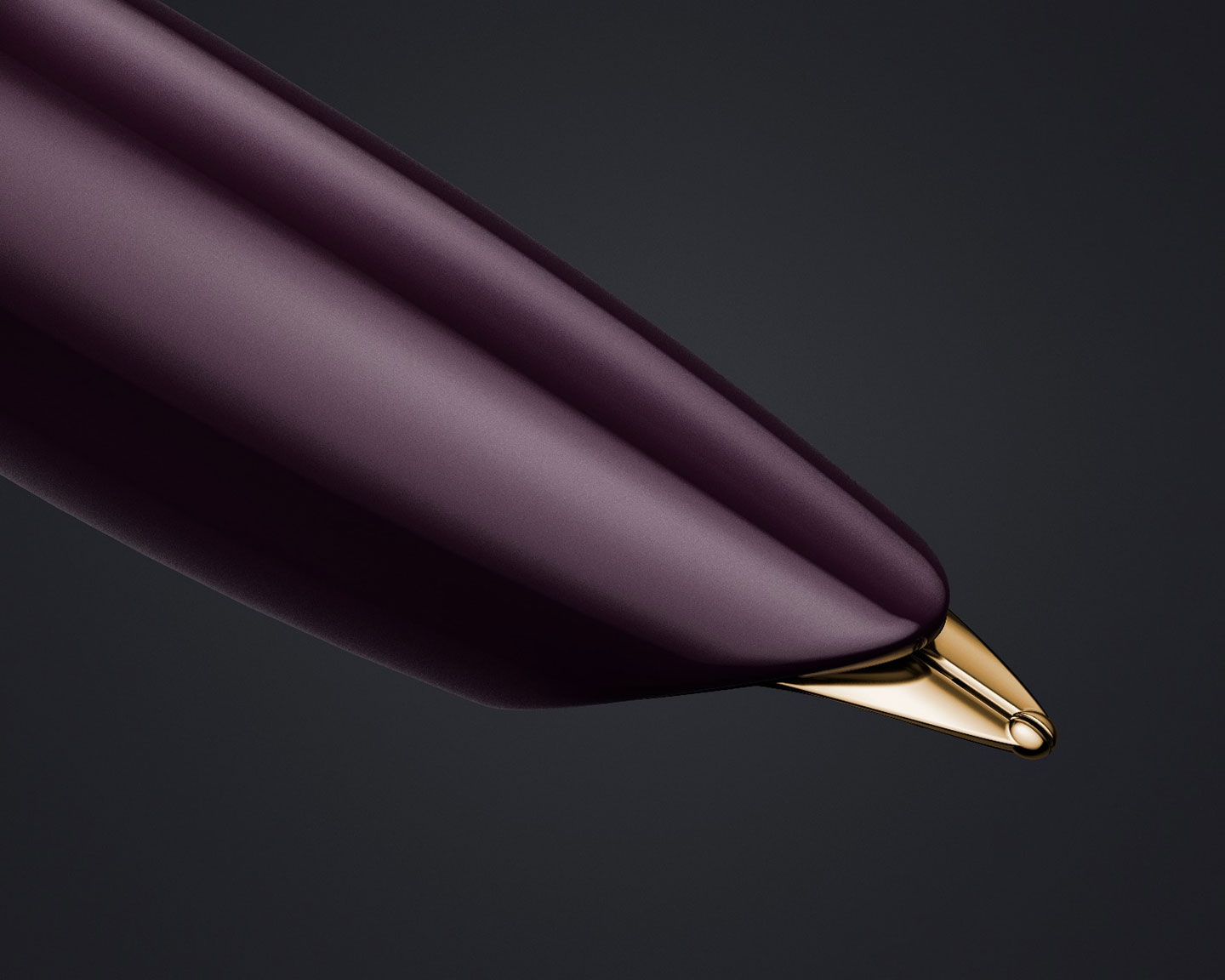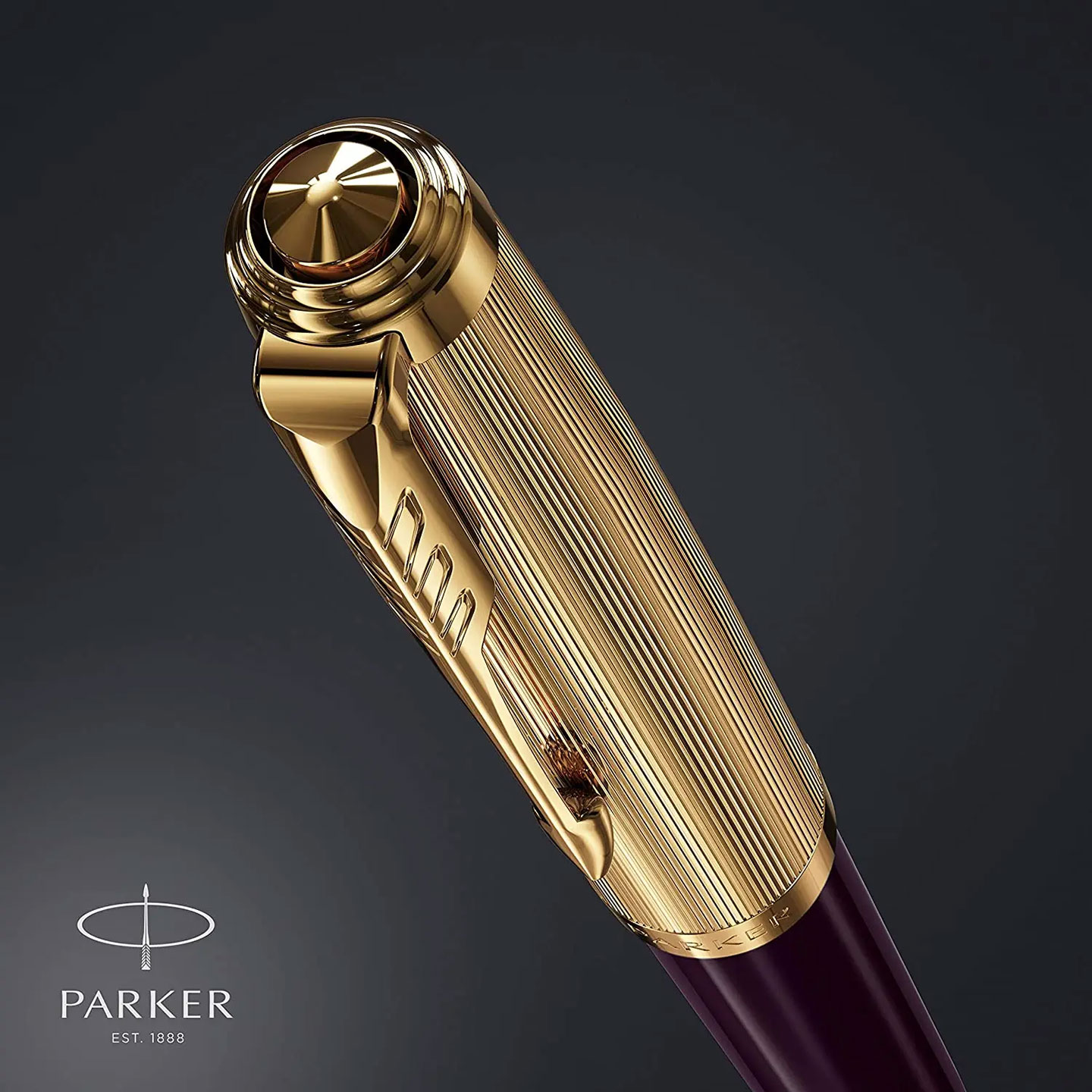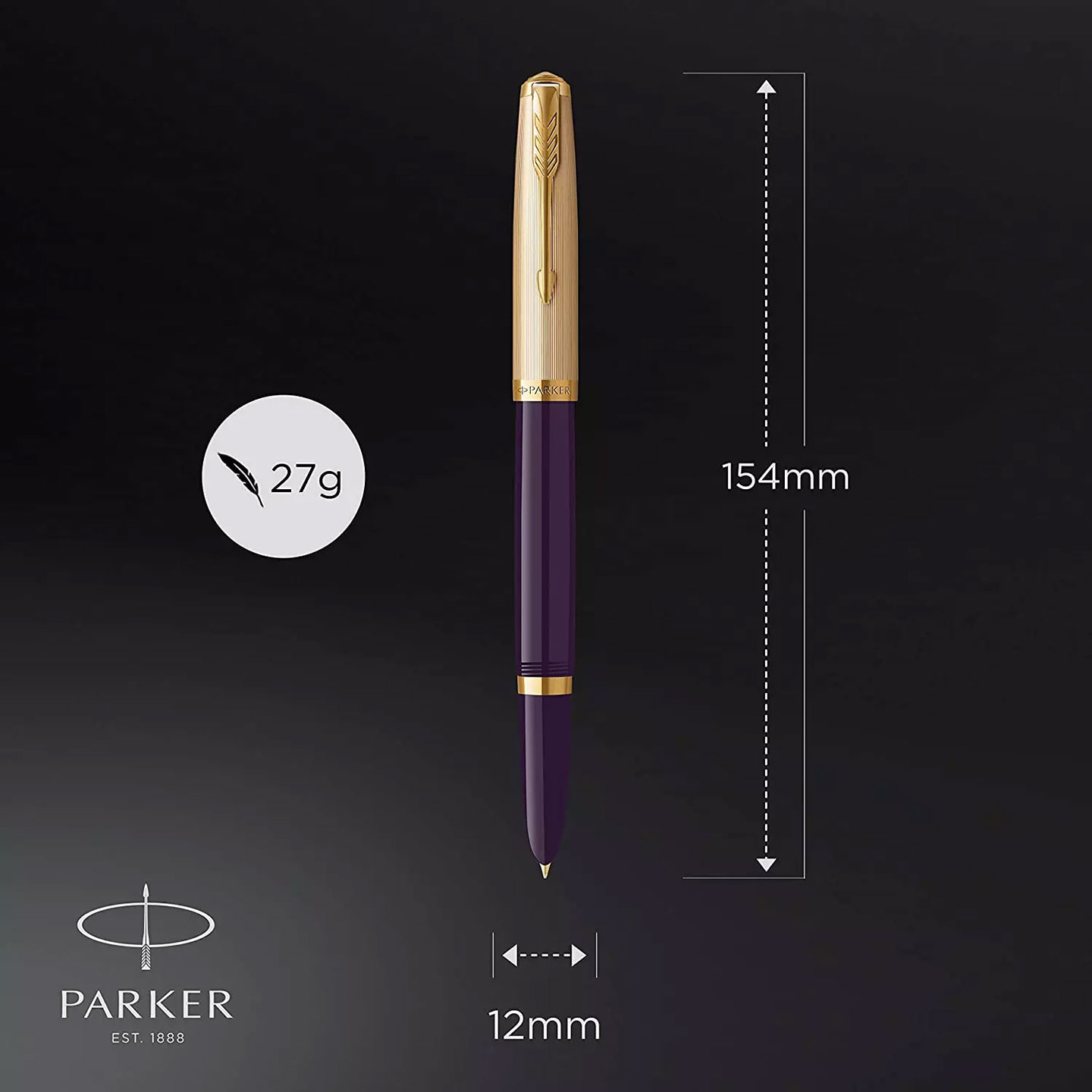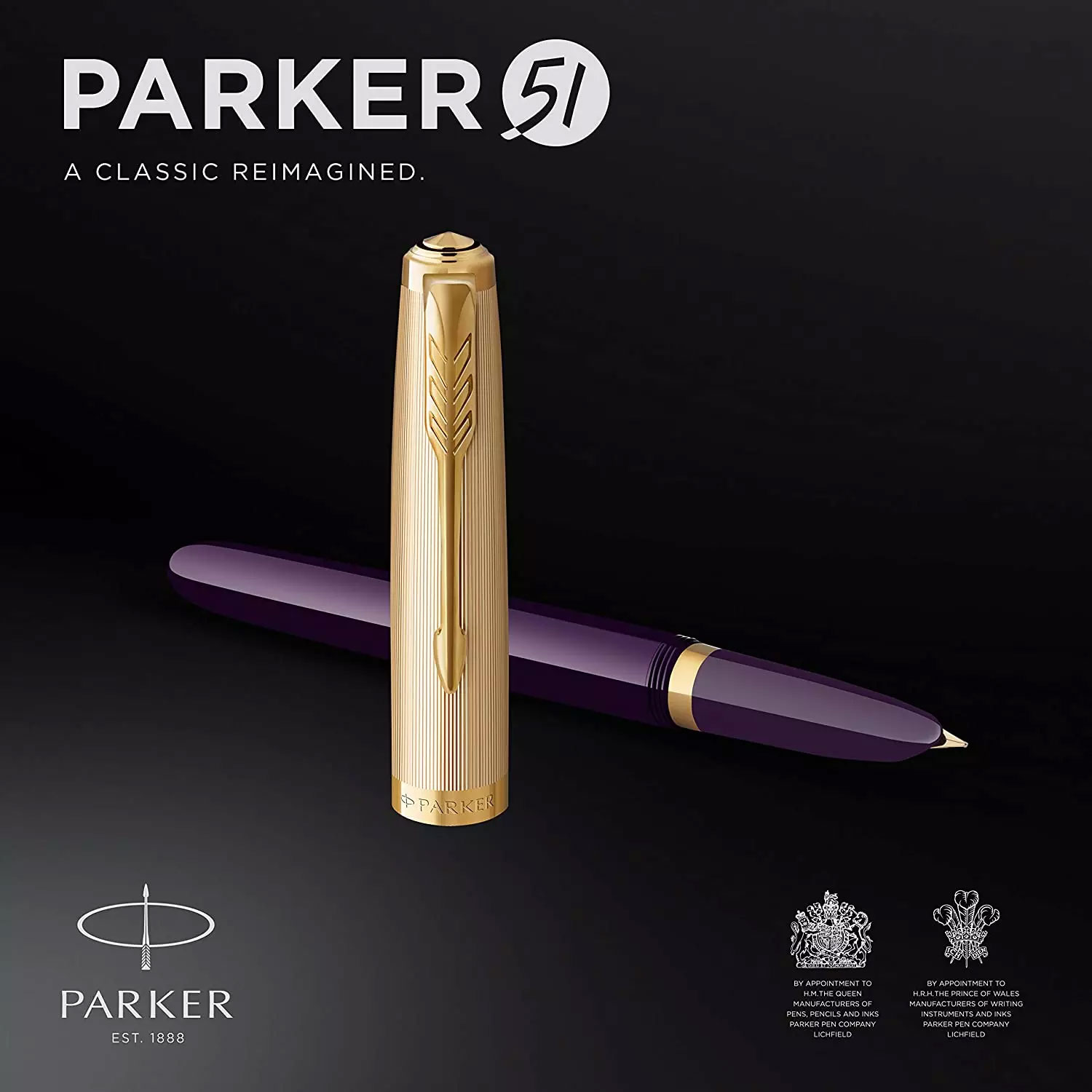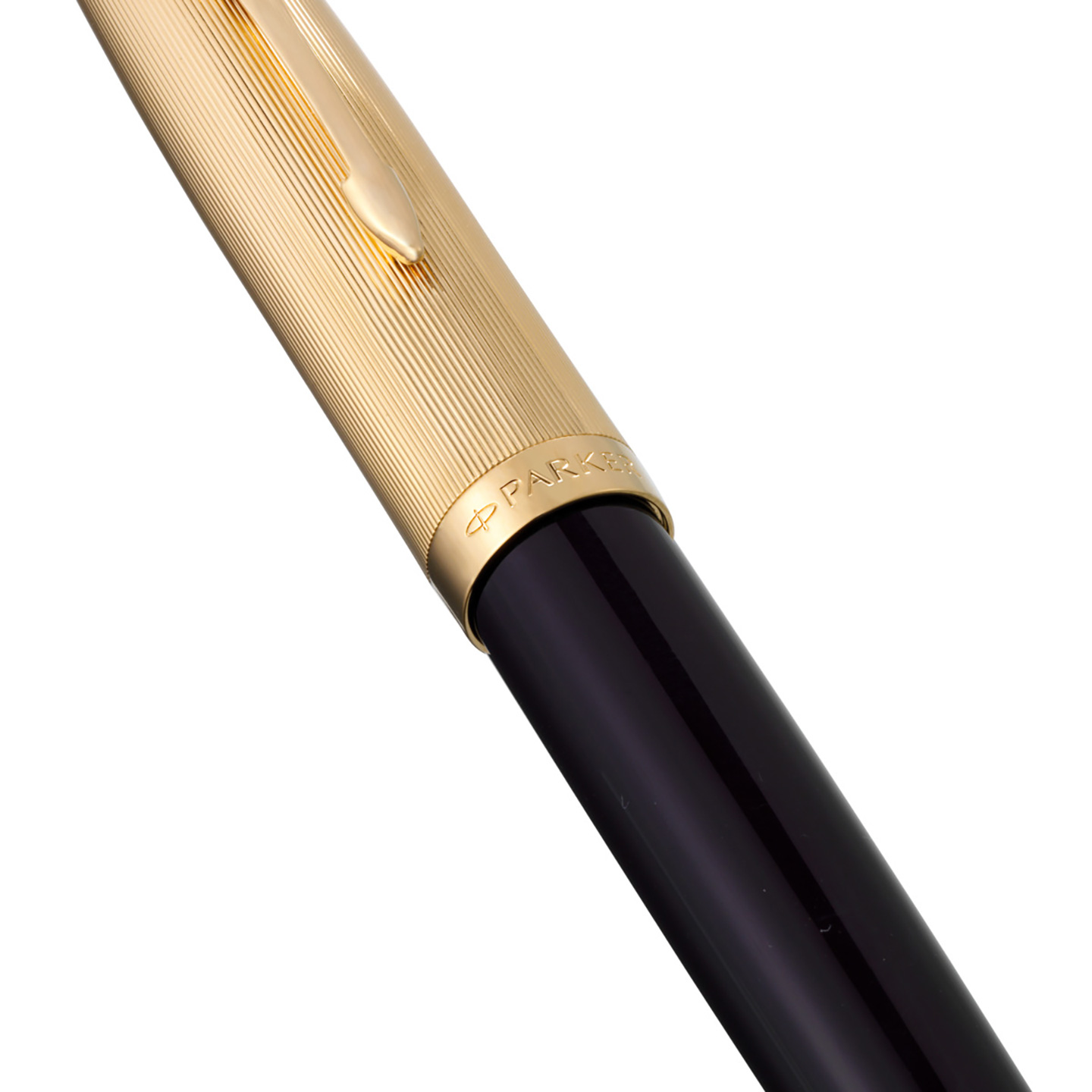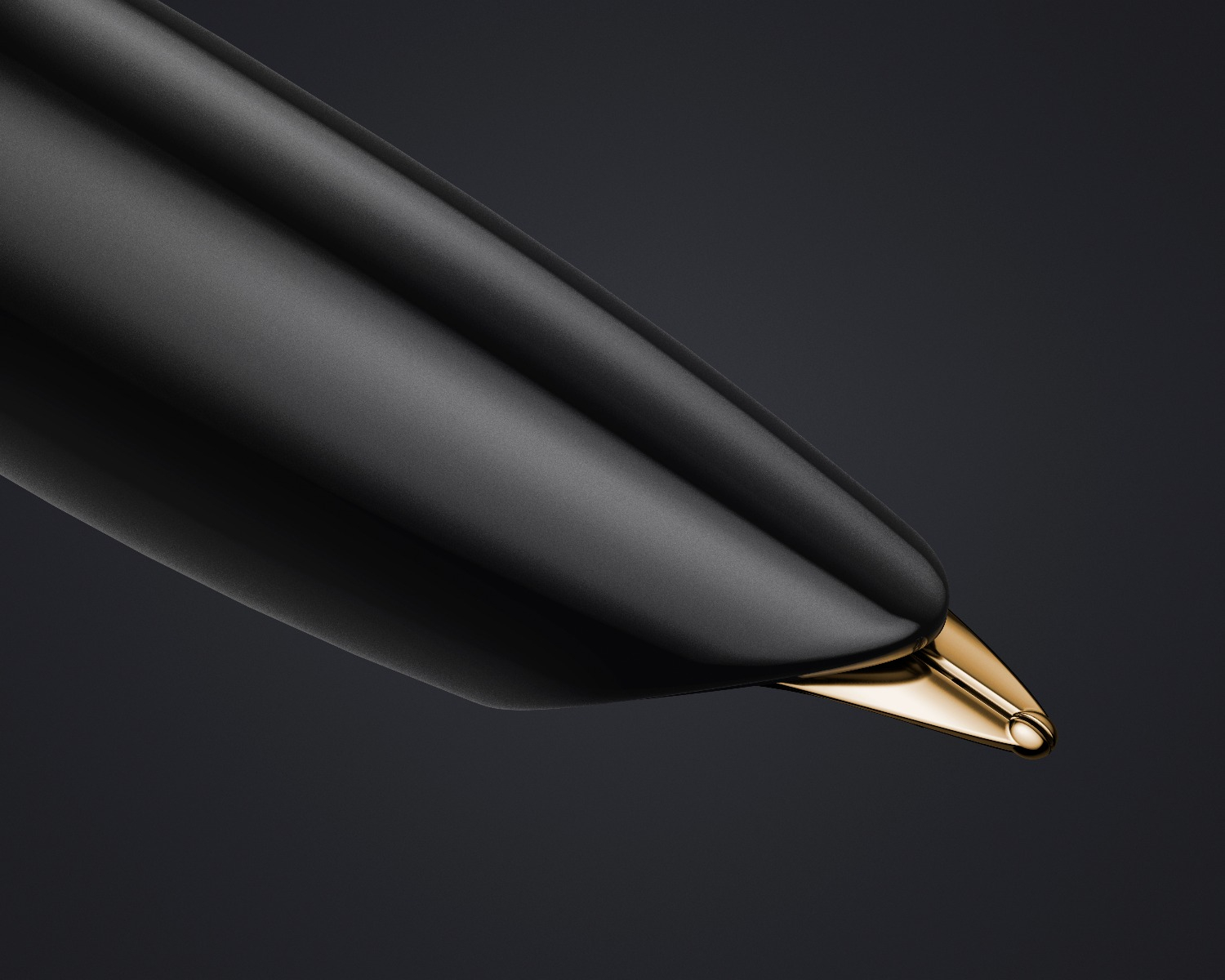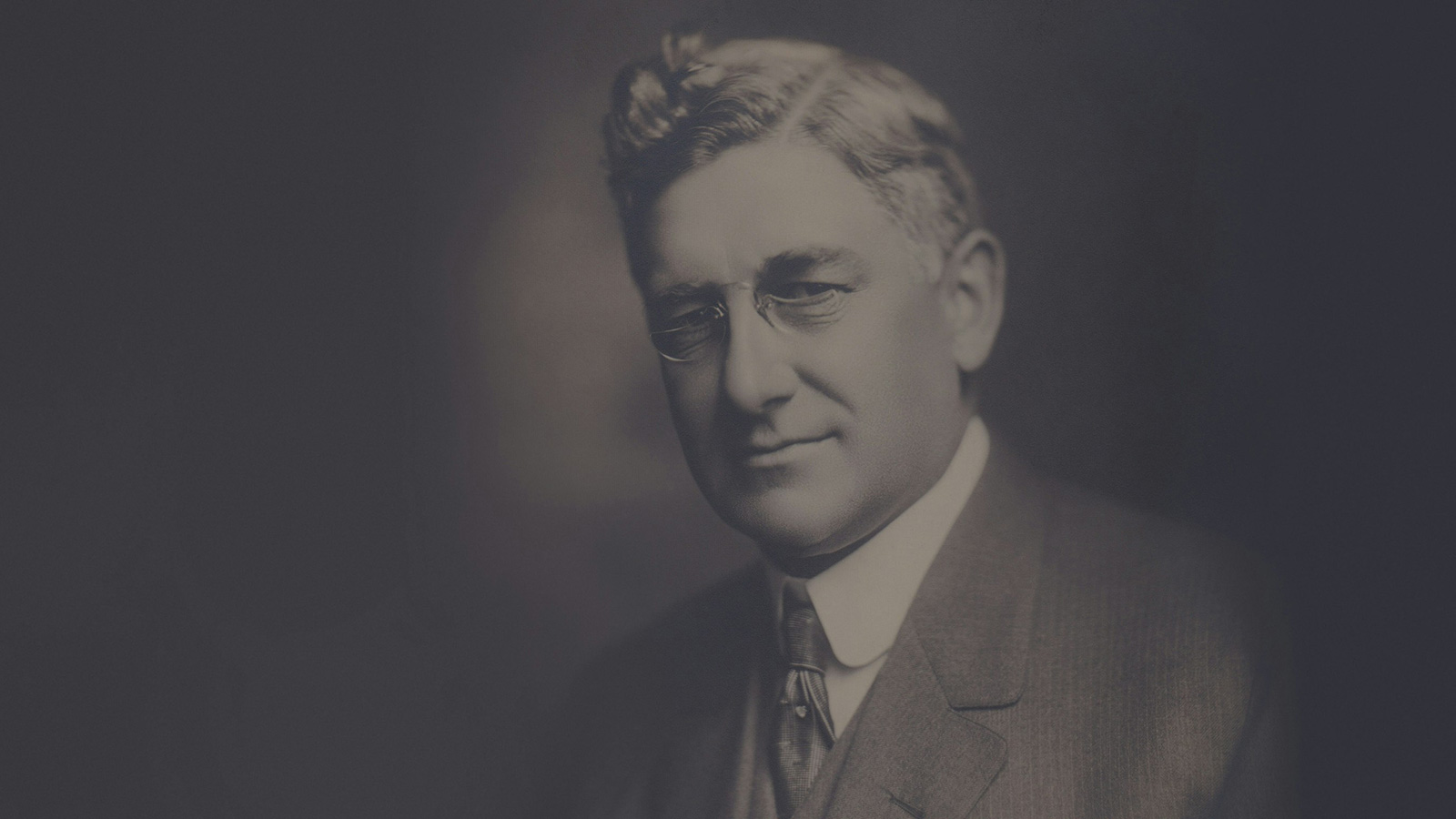Parker
GD Novelty offers a wide range of high-quality products from the Parker brand, known for its innovative and durable writing instruments. Included are the classic and luxury collections like Duofold and Sonnet, which are symbols of elegance and precision. GD Novelty also provides the latest models and special editions of Parker pens, perfect for collectors and professionals. Additionally, the company offers customization through engraving, allowing clients to personalize their chosen Parker product. GD Novelty is committed to providing excellent products and services that meet the needs and expectations of its customers.
Parker Catalog
GD Novelty offers a broad spectrum of Parker products, including the latest models of pens and accessories. We strive to provide our clients with the best writing instruments on the market.
History of Parker
Early Years
After more than ten thousand years of writing with quills, the first pens with ink reservoirs appeared in the 18th century. The earliest preserved examples of pens date back to the early 18th century. Although French royal craftsman Nicolas Bion (1652-1733) mentioned these pens in a treatise written in 1709, he was not their inventor. The first prototypes still used quills, while gold nibs became more popular.
In 1884, Lewis Waterman solved the design problems of pens by including three channels in the feed mechanism and an air hole in the nibs. The founder of Parker Pen Company, George Safford Parker, also experienced frustration with the available pens. He founded Parker Pen Company in 1888 in Janesville, Wisconsin, and soon after produced his first pen.
Early Successes
- In 1891, Parker patented an improved ink feed mechanism, and in 1893, he patented another, which became the predecessor to the Lucky Curve. Lucky Curve solved the problem of ink leaking in the pocket through capillary action, which drained the ink from the feed tube.
- In 1899, Parker successfully sold pens to the general public and the military. The Parker Pen Jointless Lucky Curve was used to sign the Peace Treaty ending the Spanish-American War.
The Golden Era of Parker (1900-1940)
- Between 1900 and 1915, Parker created a range of beautiful pens with gold, silver, and mother-of-pearl finishes, which are now highly valuable for collectors. One of the legends among pen collectors is the Parker Snake Pen, a black hard rubber eyedropper-filled pen with a silver or gold snake with green eyes wrapped around the body and cap of the pen.
- During World War I, Parker produced the unique Trench Pen, allowing soldiers to write in the field. In 1918, the company's annual sales first exceeded one million dollars.
- In 1921, Parker introduced the Parker Duofold, which quickly became successful. The Duofold was continuously modified, and in 1926 it was introduced in new colors and made of a plastic called Permanite, allowing the warranty to be extended to "forever."
- In 1933, Parker introduced the Vacumatic, which used vacuum pressure instead of a rubber sack for filling. The Vacumatic had a revolutionary filling system, unique laminated plastic construction, and an Arrow clip, which became the company's trademark.
- In 1941, Parker introduced the Parker 51, which was so successful that the company couldn't keep up with demand. The Parker 51 had a sleek design and a hooded nib using fast-drying ink. Parker pens were used to sign important documents at the end of World War II.
- In 1948, a cheaper version of the 51, the Parker 21, was introduced, quickly capturing 60% of the market for pens over five dollars. The Parker 51 maintained its popularity and received the Fashion Academy Award in 1950 for outstanding style, precision, and craftsmanship.
Modern Developments and Recognition (1960-1980)
- In 1962, Parker was awarded the Royal Warrant as the sole supplier of pens and inks to the British Royal Household. In 1965, Parker announced the special edition 75 Spanish Treasure Fleet, made from silver found in Spanish shipwrecks.
- In 1970, Parker launched the T-1, a futuristic pen made of titanium components. In 1975, Parker introduced its first ball pen, Systemark, combining the convenience of a ballpoint pen with the smooth ink of a fountain pen.
- In 1986, Parker Pen Company was acquired by managers and investors of Parker U.K. Parker became a private company, and the company's headquarters moved to Newhaven, England. The company remained true to the founder's philosophy and tradition of innovation and quality.
- In 1987, President Ronald Reagan and Soviet General Secretary Mikhail Gorbachev signed the historic Intermediate-Range Nuclear Forces Treaty with silver Parker 75 pens.
- In 1990, President George Bush and Soviet leader Mikhail Gorbachev used specially made silver Parker 75 pens to sign the Strategic Arms Reduction Treaty (START).
Recent Developments and Acquisitions (1991-2013)
- In 1991, Parker introduced the new Insignia line and was appointed by the World Memorial Fund for Disaster Relief to produce pens with rocket emblems. In 1993, ownership of Parker transferred to Gillette for $450 million and then to Newell Rubbermaid Company in 2000, where it is currently traded under their stationery division, Sanford, based in Chicago, Illinois. Sanford's portfolio is the largest in the stationery market and includes brands such as Papermate, Sharpie, Waterman, and Reynolds.
- In 2013, Parker Pen Company celebrated its 125th anniversary with pens sold in more than 120 countries.
- In 2015, Parker announced enhancements to the Duofold and Sonnet collections while introducing a new vision for the Parker brand identity. The goal was to encourage people to slow down, organize their thoughts, and strive for positive thinking.
Videos
Parker 135 Years in the Making
Parker 51 - the best-selling pen in the world

